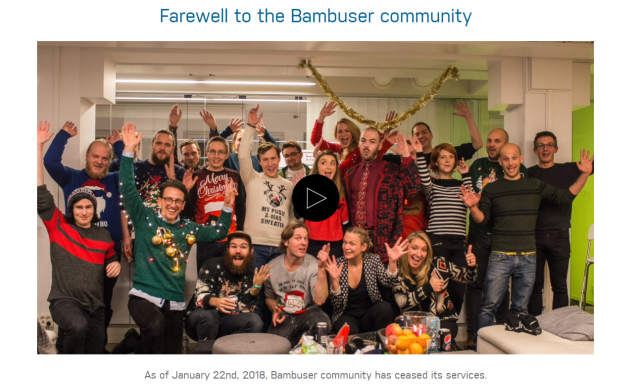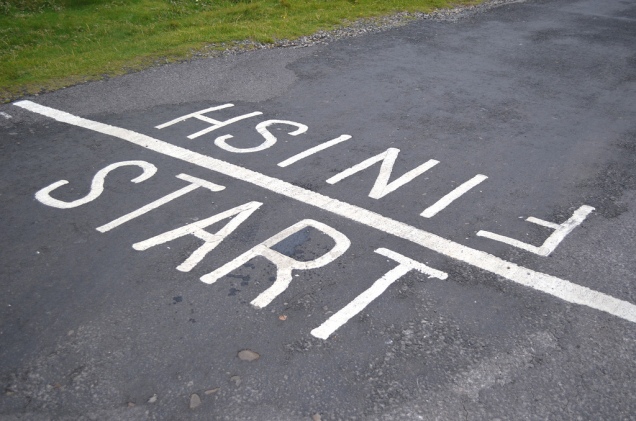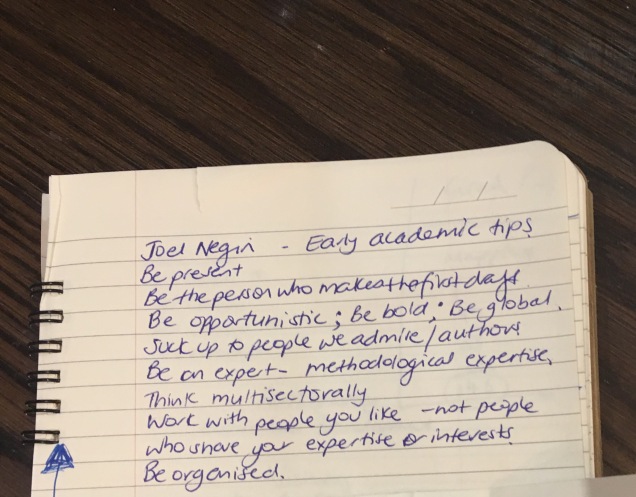This post links to the following element of CMALT:
Wider Context
a) Understanding and engaging with legislation, policies and standards
[Statements here should show how relevant legislation, has influenced your work. You are not expected to have expert knowledge of all of these areas, but are expected to be aware of how they relate to your current practice. These issues will vary depending upon the country and Government policy.]
New Zealand legal context
Earlier I explored the Education Act and its specific section on universities being the ‘critic and conscience’ of society. In that post, I explored how I had been able to utilise technologies in my teaching to enable me to be that critic and to empower my students to take the critic and conscious role with them into their professional practice and everyday lives.
My second piece of legislation also utilises technology and is an example of how I can implement that critic and conscious stance with and for my students.
My second piece of legislation is a bill currently before parliament: The End of Life Choice Bill.
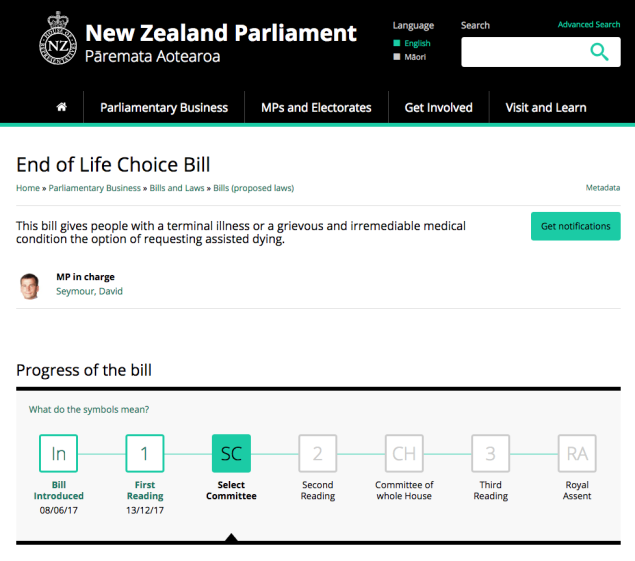
(Retrieved 15/10/18)
Several countries are now enacting laws to allow the terminally ill to choose to end their lives. Countries like Switzerland and Belgium are leading the way with ‘right to die’ legislation, and in a rights-driven global community many others are following suit, or beginning serious debate about end of life decision-making. Currently in New Zealand, euthanasia is illegal but there is a member’s bill before parliament which is currently at the Select Committee stage. If it progresses through subsequent judicial phases it then has the potential to become a piece of law in NZ.
I feel strongly that students have a duty to be informed about future issues affecting the delivery of healthcare- health care that they will be delivering. Among the disciplines taking my undergraduate ethics paper, there are students studying towards degrees in nursing, health administration, psychology, care of the older person and health promotion. All these pathways have the potential to be affected by any new euthanasia legislation. As future health professionals, students need to develop a clearly reasoned, ethically justified position on issues of complexity and controversy. Euthanasia is a highly emotive topic, underpinned by cultural values and deep-rooted ideas about life itself. As members of society students may be called to vote in a referendum or enact the law, in which case skills in constructing ethical arguments and being cognisant of the values underpinning their decisions will help them make clear and wise choices – choices they can sit comfortably with.
Therefore, over the past few semesters I have created a number of online ethical deliberations for students to test out their newly acquired skills , cement understanding of ethical theory and have access to the thinking of their peers, while engaging in topical, relevant societal and healthcare issues, such as euthanasia.
The main educational technology used in the ethics class is the Values Exchange, a bespoke ethical decision-making learning community. It hosts several familiar social media functions such as groups, pinterest style topic boards, private messaging, group chat and friending. It also allows all users to post questions in a number of different formats, for instance polls, surveys and more in depth philosophical frameworks based on ethical theory (www.aut.vxcommunity.com).
In this example, a simple poll was used, where students vote on a proposal, adding reasons to support their position.
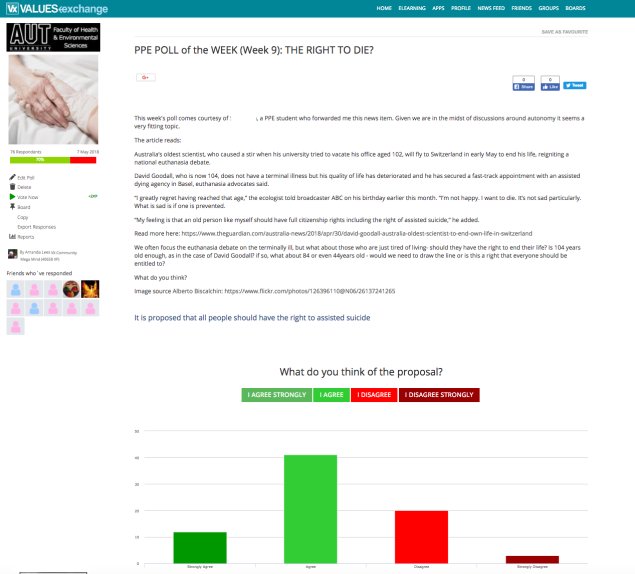
In the above screen shot we can see that the issue in the particular news item was brought to my attention by one of my students. I always encourage everyone to contribute to content and to be reading news media (with the critic and conscience lens!). I think it also helps other students to engage with course material when it has been peer-generated.
Also of note, is that this was not a compulsory task. Each week, during this semester, students were invited to respond to a topical poll, whereby they simply cast a vote then provide some reasoning. Week by week, they can see how they are building their deliberative skills. At the same time, all responses are available to all respondents so this transparency helps students (and me) to learn from others in the class.
I felt students had used the tool well and there was clear evidence of clearly laid out arguments and a good level of uptake for an optional activity (39%).
In the following Values Exchange activity, students are challenged further, by considering whether it is ethical for children to choose to be euthanised. This is a very challenging proposal, as we tend to afford children additional rights of protection, but at the same time, this is a legal practice in Belgium and students can see arguments for both sides, although it can, at the same time, create a sense of uncomfortableness. However, I feel students can cope with this level of deliberation. Challenging scenarios like this are only presented well into the semester when students have built confidence with the paper, with me, with one another and with the Vx tool. The four principles of connectivism, described by Tschofen and Mackness (2012) as autonomy, openness, diversity and connectedness are clearly reflected in activities like this. With a tolerance for diversity, students can respond with honesty, knowing their views will be accepted by others.

Activities like this are often just optional activities but sometimes they are built into assessments, required but not graded as such, with students choosing completed Vx responses to base reflections of learning upon.
I feel the Values Exchange tool and the style of open, transparent ethics education enables me to take topical legal issues and create opportunities for personal growth and ethical reflection. Students also report that they take the polls home with them, initiating debate on the issues we explore in class. Through my teaching strategies and my students’ engagement in these topical issues enables the critic and conscious role to be upheld by all. Hopefully it contributes to effective and caring health providers and thoughtful members of society who can advocate for others and speak up for themselves on important societal issues – whatever they may be.





